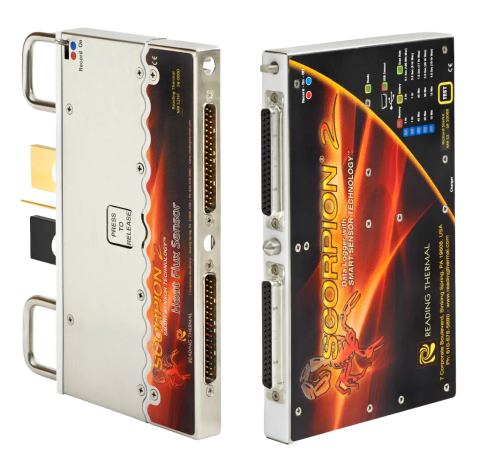Consistency, texture, shelf life and visual appeal are all impacted by what happens inside the oven. Most bakeries understand the importance of monitoring temperature, and many have invested in robust temperature probes to ensure accurate readings. But there’s another side to oven behavior that often gets overlooked: humidity. Reading Thermal offers a complete, reliable system for temperature and humidity monitoring for commercial bakery ovens in Brazil.
Why Temperature Alone Doesn’t Paint the Full Picture
Temperature data tells you how much heat is present, but it doesn’t explain how that heat interacts with your product. Dough reacts not only to temperature but also to the moisture in the surrounding environment. If the oven is too dry during the early stages of baking, the crust may set prematurely, limiting expansion. If humidity lingers late in the cycle, it can prevent the crust from firming up, leaving the exterior rubbery or dull.
Temperature probes alone can’t detect these conditions. They can show a consistent thermal curve while the product continues to bake inconsistently. Without humidity data, teams are left diagnosing bake defects by trial and error or relying on operator intuition. In high-volume bakery settings, that guesswork leads to waste, rework, and production delays.
The Value of Humidity Sensing in Real-Time
Reading Thermal’s SCORPION® 2 Digital Humidity Sensor provides real-time, in-process measurements of absolute humidity in commercial ovens. This sensor travels through the oven chamber just like the product does, recording moisture conditions across each zone. That mobility is key. Instead of measuring a fixed point near the oven ceiling or wall, the sensor captures what the product itself experiences – an invaluable perspective when you’re troubleshooting inconsistencies or fine-tuning a baking profile.
The data provided by the Digital Humidity Sensor complements the temperature readings gathered by the SCORPION® 2 Temperature Sensor Array. Together, they deliver a full thermal profile of your baking environment. If a product shows issues like uneven coloration, unexpected cracking or inconsistent volume, a quick review of the combined profile can reveal whether the problem stems from heat, moisture, or both.
Supporting a Wider Range of Baked Goods
As bakeries diversify their product lines, the need for humidity measurement becomes even more important. Moisture-sensitive products like bagels, croissants, artisan breads, and even snack crackers rely on finely tuned humidity levels to produce the correct texture and finish. Steam injection, airflow balance, and exhaust control must all work in harmony to maintain that delicate equilibrium.
The SCORPION® 2 Digital Humidity Sensor helps bakeries verify and document those conditions with precision. When switching between different baked products, teams can compare current humidity profiles against established benchmarks. If steam lingers too long or not long enough, adjustments can be made before inconsistencies show up in the final product. This level of control reduces the learning curve when introducing new items to the line and builds confidence in the repeatability of each bake.
Elevating Quality with Balanced Measurement
Relying on temperature data alone is like trying to bake with only half a recipe. Humidity is just as influential – and just as measurable. When temperature probes and humidity sensors work together, bakeries gain a complete understanding of what’s happening inside the oven.
Reading Thermal technology featuring temperature and humidity monitoring for commercial bakery ovens in Brazil provides that critical insight. It helps bakeries identify problems faster, adapt to new products more easily, and consistently produce goods that meet the highest standards. Contact us online or call (01) 610-678-5890 for more information.

